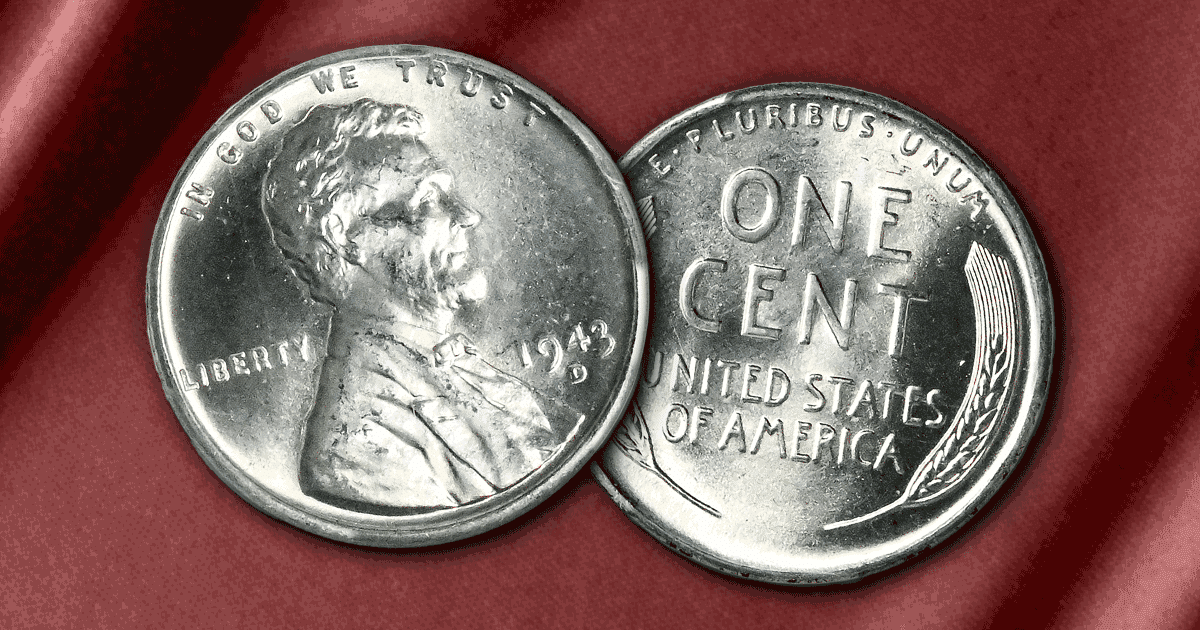
There are several factors to consider when authenticating a 1943 steel penny. While the biggest element is authoritative grading, there are three major elements that can be assessed at home, including a magnet test.
Authenticating a 1943 Steel Penny
These tests are not as conclusive as coin grading by Professional Coin Grading Services (PCGS) or the Numismatic Guaranty Corporation (NGC), but they present an efficient starting point.
Weight Test
Using a kitchen scale that measures to the hundredth of a gram, weigh your penny. If it weighs 2.70 grams, it has the right weight for a 1943 steel penny. If it weighs 3.11 grams, examine the date and look for signs of alterations. If there are no signs of alterations, it might be a valuable error coin.
Color Test
Copper pennies fall into one of three color categories: red, red/brown, and brown. The copper tones with age and oxidation.
A steel penny will range from light grey to nearly black due to oxidation and handling. If your penny exhibits a red or brownish color, it is not a steel penny.
Sound Test
The sound test is the most subjective of the tests suggested in this Answer. It is a reliable test, though. Like the previous tests, it is more of an assessment of the composition of the coin than anything else. But since 1943 was the only year that steel pennies were produced, it is a straightforward test.
- Flip your penny in the air.
- Note the sound.
- Now flip any other penny in the air.
Do you hear a difference?
The steel penny will make a dull thud if it makes any sound. Copper pennies, regardless of their zinc and tin content, will make a small and subtle, but distinct ring when they are flipped or dropped.
It is inadvisable to drop your penny on the ground as it may hold value.
Magnet Test
This will be more scientific than the sound test and requires less coordination. Pass a sizeable magnet, preferably larger than a refrigerator magnet, over your penny. Did it pick the penny up?
If it did not pick the penny up or attract it with a noticeable force, it is not a steel penny. If it picked the penny up, your penny is made from steel.
There is no substitution for coin grading from a reputable and authoritative organization, but these tests will point you in the right direction.
If your penny failed these tests but the 1943 date does not look altered or stamped over, it is possible that you have a 1943 copper penny. If this is the case, avoid handling the penny, store it in PVC free plastic, and consider arranging to have it graded. This error penny may hold significant value.
The 1943 copper penny was created from an unknown or accidental copper planchet in a coin hopper at the U.S. Mint and may be worth more than $100,000.
What Makes the 1943 Steel Penny Special?
A copper shortage in 1943 led the U.S. Mint to issue steel pennies instead of copper pennies. The reallocated copper served much needed purposes for military equipment from armored tanks, airplanes, weapons, and ammunition jackets.





